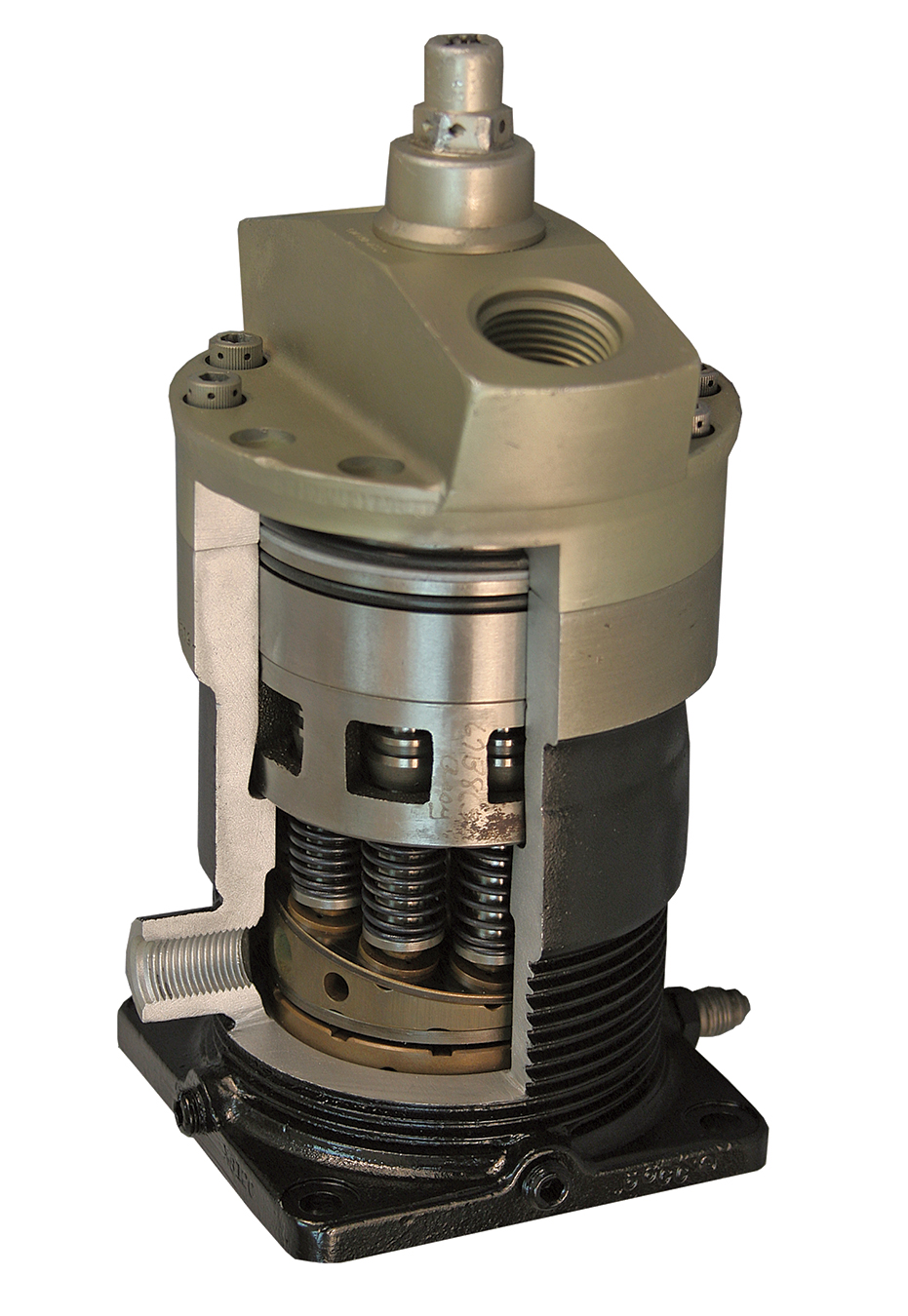5. Test the inside of the filter box: After taking out the old filter, verify the inside of the hydraulic filter field. Watch for unusual wear, corrosion, or dirt. If a problem is found, it ought to be cleaned or repaired in a well timed manner. 6. Set up the new filter: Set up the new filter into the hydraulic filter box. Ensure it is correctly aligned and secured in place. Install in keeping with the manufacturer’s directions or as directed within the gadget’s manual. Here at Apex we understand the vital importance hydraulic filtration tanks pumps play in the essential function of your equipment and the everyday running of your enterprise. Buying the right pump is a basic key in preventing the costly downtime that comes with pump malfunctions and failure. As leading rivals and specialists within the Hydraulics business Apex decide to offering only the highest high quality vary of Hydraulic pumps and motors.

Poor piping will cause leakage of hydraulic oil, which won’t only pollute the workplace but cause a hearth hazard. The viscosity of hydraulic oil is greatly affected by temperature. When the oil temperature rises, the viscosity decreases, and when the oil temperature drops, the viscosity increases. The change of viscosity will have an effect on the circulate and make the pace of the drive unstable. The hydraulic system converts the mechanical energy output by the engine or motor into fluid energy. Historically, hydraulic oil tanks have been sized to permit contaminants to sink to the underside of the tank, stopping contaminants from circulating within the hydraulic system. However, further inlets and outlets can be used to type a separate cycle. This circuit consists of circulating pump, filter and connecting hose or pipe. This permits the fluid to be filtered and returned to the hydraulic tank. For instance, a 100-pound pressure down on the wider finish creates a 600-pound pressure up on the slim finish. This force multiplication is what permits hydraulic methods to be relatively small. They’re great for powering large machines without taking over an excessive amount of space. Hydraulics will also be very flexible, and there are various different types of hydraulic methods. You can transfer the fluids by very narrow pipes and snake them around other equipment. They have quite a lot of sizes and shapes and may even branch off into multiple paths, allowing one piston to energy a number of others.
This is dependent upon what the person wants after considering different components like power consumption and automation advantages. Some motor types will be very efficient and yet require a variety of maintenance. Some, if they don’t seem to be correctly maintained their life cycle is decreased. Axial piston motors, for example, require more maintenance routines as compared to gear motors. Understanding the expected life of a motor and the bearing for use will help to plan with regard to utility and upkeep. Tie-bolts too tight (stack valves). Valve broken. Restore or exchange. Handle bracket screws unfastened. Management VALVE LEAKS EXTERNALLY- Tie-bolts too loose (stack valves). Seals broken or worn. Back strain or restriction in tank line. Test fast couplers. Use power past when necessary. Cracked port or body. Substitute. (see Hyd. Prod. CYLINDER LEAKS EXTERNALLY- Seals broken or worn. CYLINDER LOWERS WITH VALVE IN “METER UP” Position- Damaged or leaky load verify. Leaking cylinder seal. Change seal. Use of a valve without loadcheck. Change with really helpful valve.
